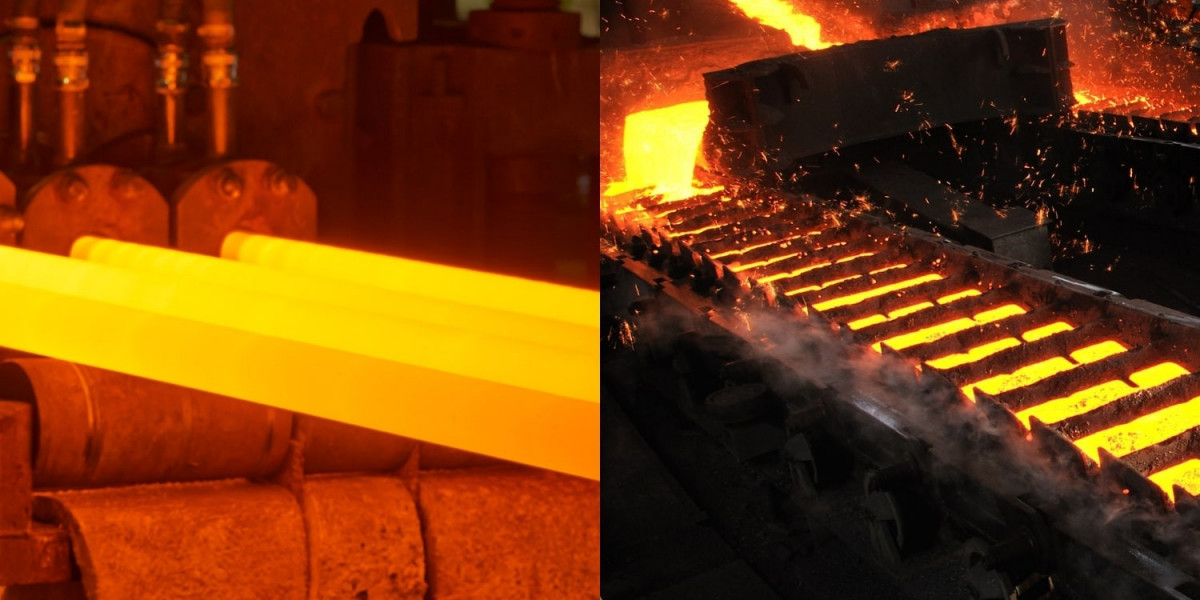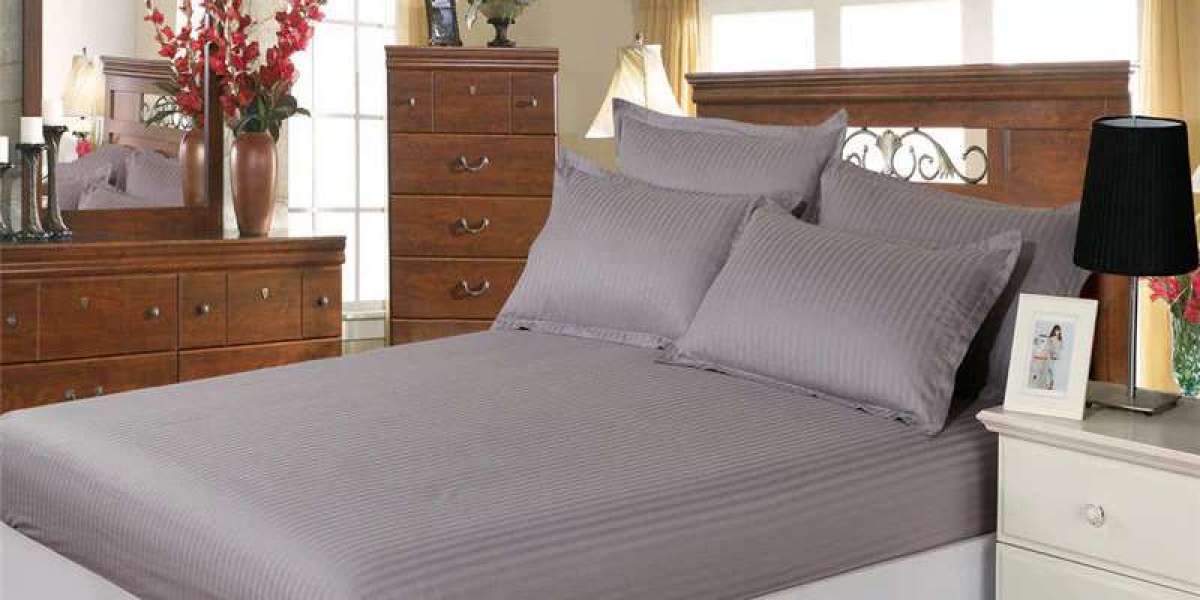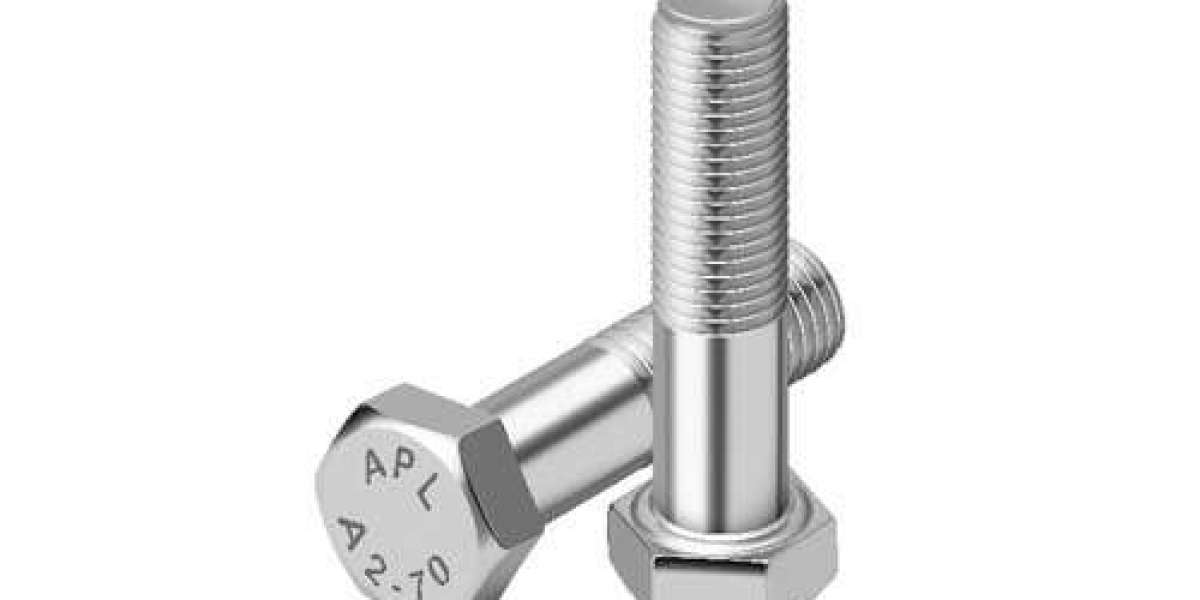Cast iron, a stalwart material in the world of manufacturing, has long been a reliable choice for its strength and affordability. However, the emergence of ductile iron, a remarkable evolution of its predecessor, has redefined the possibilities of this versatile metal. This guide delves into the fascinating world of ductile iron vs cast iron, comparing their properties, applications, and the factors that make each a unique and valuable choice for engineers and manufacturers alike.
1. The Graphite Divide: A Tale of Two Structures:
The key difference between ductile iron vs cast iron lies in their microstructure, specifically the shape of the graphite inclusions:
- Cast Iron (Gray Iron): Cast iron contains flake-shaped graphite particles, which act as stress concentrators, leading to lower tensile strength and limited ductility.
- Ductile Iron (Spheroidal Graphite Iron): Ductile iron features spheroidal (round) graphite inclusions. These spherical particles act as stress raisers, enhancing the material's strength and toughness.
2. A Battle of Strength and Resilience:
The structural difference between cast iron and ductile iron translates into distinct mechanical properties:
- Tensile Strength: Ductile iron exhibits significantly higher tensile strength compared to cast iron, making it suitable for applications requiring high load-bearing capacity.
- Ductility: Cast iron is brittle, prone to fracturing under bending or impact loads. Ductile iron, on the other hand, exhibits excellent ductility, enabling it to withstand significant deformation without failure.
- Machinability: Cast iron is generally more difficult to machine due to the presence of flake graphite, which can dull cutting tools. Ductile iron, with its spheroidal graphite, is more readily machinable, allowing for the creation of complex shapes and intricate details.
3. Applications: Where Strength Meets Versatility:
The distinct properties of cast iron and ductile iron dictate their suitability for specific applications:
- Cast Iron: Cast iron is commonly used for applications where high tensile strength is not critical, such as:
- Engine Blocks: Cast iron's ability to dissipate heat makes it suitable for engine blocks.
- Machine Bases: Its rigidity and affordability make it ideal for machine bases.
- Manhole Covers: Cast iron's durability and resistance to wear make it suitable for manhole covers.
- Ductile Iron: Ductile iron's superior strength and ductility make it a preferred choice for applications requiring higher performance, such as:
- Automotive Components: Crankshafts, axles, and transmission parts benefit from ductile iron's strength and toughness.
- Machinery Components: Gears, shafts, and housings for industrial machinery often utilize ductile iron's resilience.
- Pipes and Fittings: Ductile iron pipes and fittings are widely used in water and wastewater systems due to their strength and corrosion resistance.
4. Beyond Strength: Cost and Production:
While ductile iron offers superior properties, it comes at a higher cost compared to cast iron. The process of spheroidizing graphite in ductile iron is more complex and requires additional processing steps. However, the increased performance and durability of ductile iron parts often justify the higher cost in the long run.
5. The Future of Cast Iron and Ductile Iron:
Both cast iron and ductile iron continue to play vital roles in various industries. Ongoing research and development focus on:
- Advanced Alloys: New alloys are being developed to further enhance the properties of both cast iron and ductile iron, pushing the boundaries of their capabilities.
- Casting Technologies: Innovations in casting processes are leading to improvements in casting quality, dimensional accuracy, and efficiency for both materials.
- Sustainability: Efforts are being made to reduce the environmental impact of both cast iron and ductile iron production through recycling and energy-efficient methods.
Conclusion:
The choice between ductile iron vs cast iron hinges on the specific requirements of the application. Cast iron remains a cost-effective option for applications where high tensile strength and ductility are not critical. However, ductile iron's superior strength, toughness, and machinability make it a preferred choice for applications requiring higher performance and durability. Both materials continue to evolve, driven by innovation and a commitment to sustainability, ensuring their continued relevance in the world of manufacturing and engineering.








